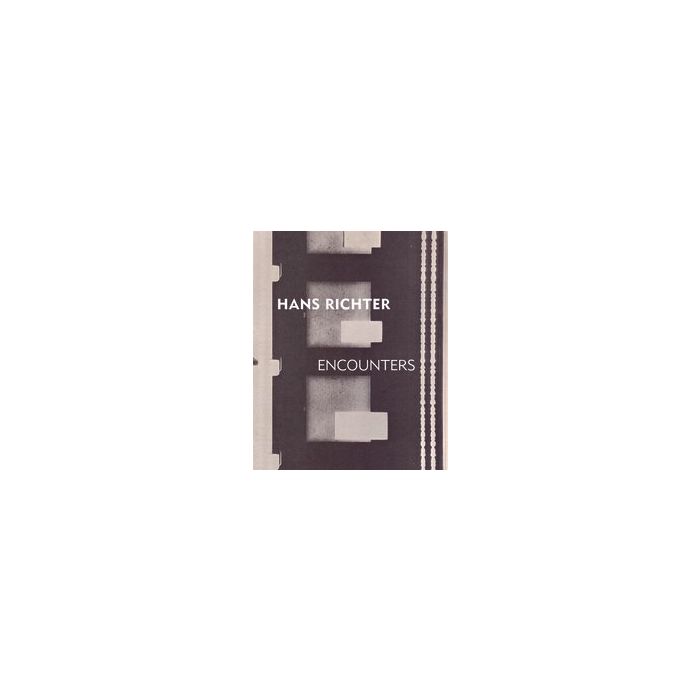My Cart
Your cart is empty
Looks like you haven't made your choice yet.
- Subtotal
Hans Richter

Encounters
- Prestel
- by Timothy O. Benson
More Information
| Publisher | Prestel |
|---|---|
| ISBN | 9783791352688 |
| Author(s) | Timothy O. Benson |
| Publication date | May 2013 |
| Edition | Hardback |
| Dimensions | 273 x 235 mm |
| Illustrations | 180 col.ill. |
| Pages | 224 |
| Language(s) | Eng. ed. |
Description
A multifaceted interpretation of Richter's career as a filmmaker, artist, and writer, examining his pioneering work -with a special emphasis on film-in the context of his collaborations with some of the most important figures in 20th-century art.Hans Richter was a central figure in the avant-garde for more than 50 years. Born in Berlin in 1888, he joined the Zurich Dada group in 1916 and within a few years was producing some of the first abstract films ever created. In the 1930s he made commercial and propaganda films for both communist and capitalist interests-a phase of his career that has been, until now, little examined. After moving to the United States in 1940, Richter taught at the City College of New York, serving as a mentor to numerous participants in the New American Cinema movement. He worked alongside a virtual "Who's Who" of the avant-garde, including Arp, Bowles, Cage, Calder, Cocteau, Duchamp, Eisenstein, Ernst, Léger, Lissitzky, Malevich, Mies van der Rohe, Schwitters, and Tzara. This book examines the ways in which these "encounters"-to use Richter's own term-with other artists engendered creativity, originality, and meaning throughout his career. Including a chronology and Richter's first complete filmography in English, this volume sheds light on the relationships between modernism's most experimental artists, movements, and generations.

Hans Richter
